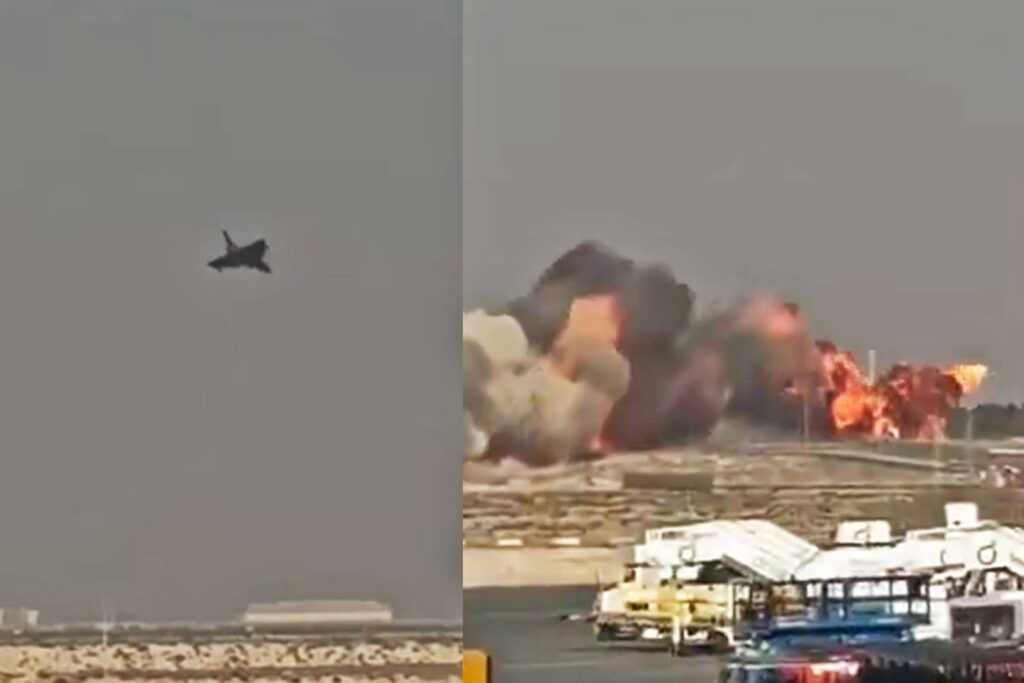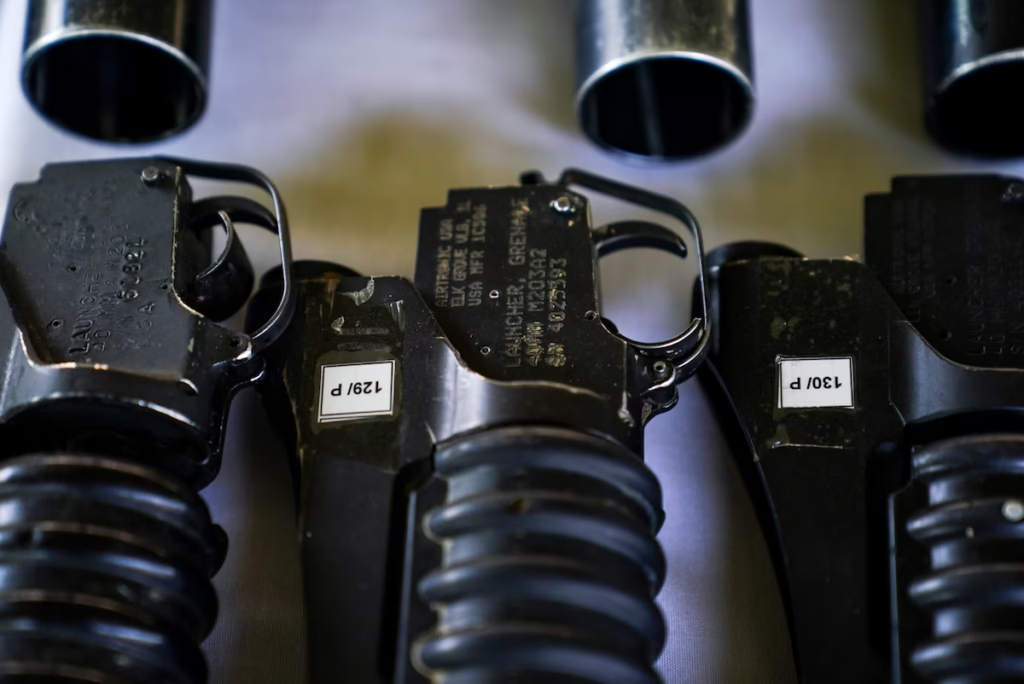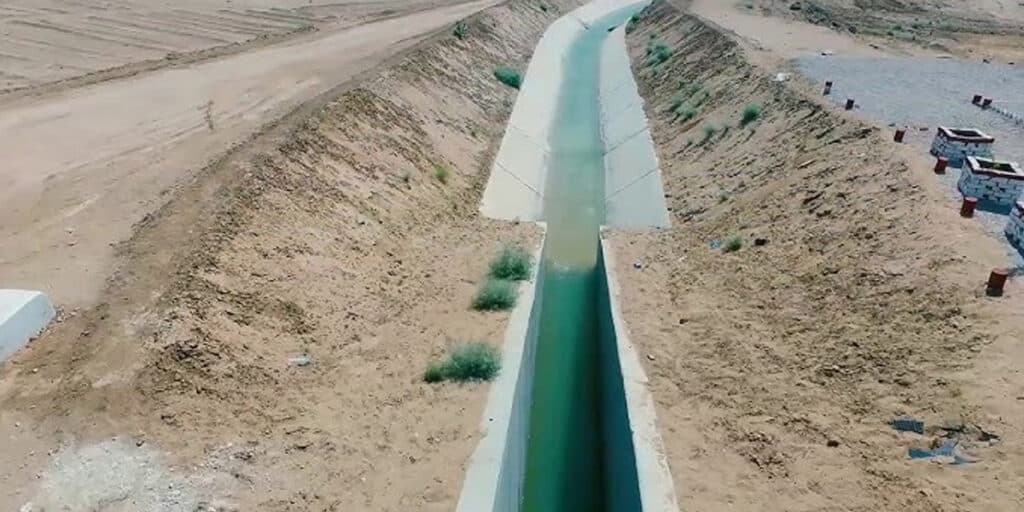DUBAI: An Indian Air Force Tejas aircraft crashed at 2:10 PM.
There are indications that the canopy detaching mid-air may have caused drag or instability.
Fuel pump failure or vapor lock is also being cited as a possible cause.
A trim or stability system malfunction could also have triggered the incident.
Electrical failure is another angle being considered in the investigation.
The aircraft was being flown by Wing Commander Vikram Singh.
During the emergency, the pilot followed all prescribed procedures.
He had received six months of specialized training on the Tejas.
The Indian Air Force has confirmed that the aircraft went down during an air show.
The IAF has also verified that the pilot lost his life in the crash.
The pilot was a top performer in his training course.
Reports suggest pilot error is highly unlikely.
This has raised serious questions about the aircraft’s structure, technology, and overall reliability.
Earlier, another Tejas jet had reported a fuel leak.
Shares of India’s aeronautics company have dropped by 2.62% following the incident.
The Tejas has once again demonstrated shortcomings in quality, durability, and technical performance.
According to Indian media, a high-level inquiry will be conducted into the crash at this major international event.
It is worth mentioning that the IAF has a long history of falling of there aircrafts and getting globally embarrassed.
So far hundreds of IAF’s aircraft have fallen not only during the war, but during the military drills, national military days and air shows held world-wide.
This is why the world media acknowledged Pakistan’s dominance during the Pakistan-India clash when Pakistan downed 7 Indian aircrafts including three rafales.
The IAF is also let down in front of the Indian people who were already sick of media’s boasting regarding the defence budget, weapons and billion dollars aircrafts.





